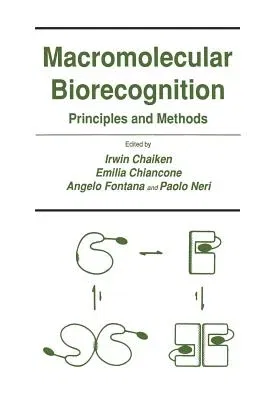Specific biomolecular interactions occur in practically every bio-
logical process, usually involving macromolecules such as proteins and
nucleic acids. Thus, it is not surprising that great attention has been
devoted by biologists, chemists, and physical chemists to the general
phenomenon of macromolecular recognition in order to gain a better
understanding of the principles, forces, and energetics that de- termine
the often remarkable specificities of such interactions as those of
enzymes and their substrates and inhibitors, antibodies with anti- gens,
hormones with their receptors, and DNA with drugs. These studies have
allowed the unraveling of some basic principles of mol- ecular
recognition, such as complementarity, specificity, and dynam- ics of the
interacting species, and at the same time have led to development of
analytical and separation techniques based on bio- logical specificity
(e. g., affinity chromatography and other bioaffinity methods). This
volume was assembled to address current research and developing ideas in
biomolecular recognition through the contribu- tions presented at the
Conference on "Mechanisms of Recognition in Biological Macromolecules"
held in Siena, Italy, September 4-6,1986. The Conference was cosponsored
by the National Research Council of Italy, the Italian Biochemical
Society, the University of Siena, and the International Interest Group
in Biorecognition Technology.


